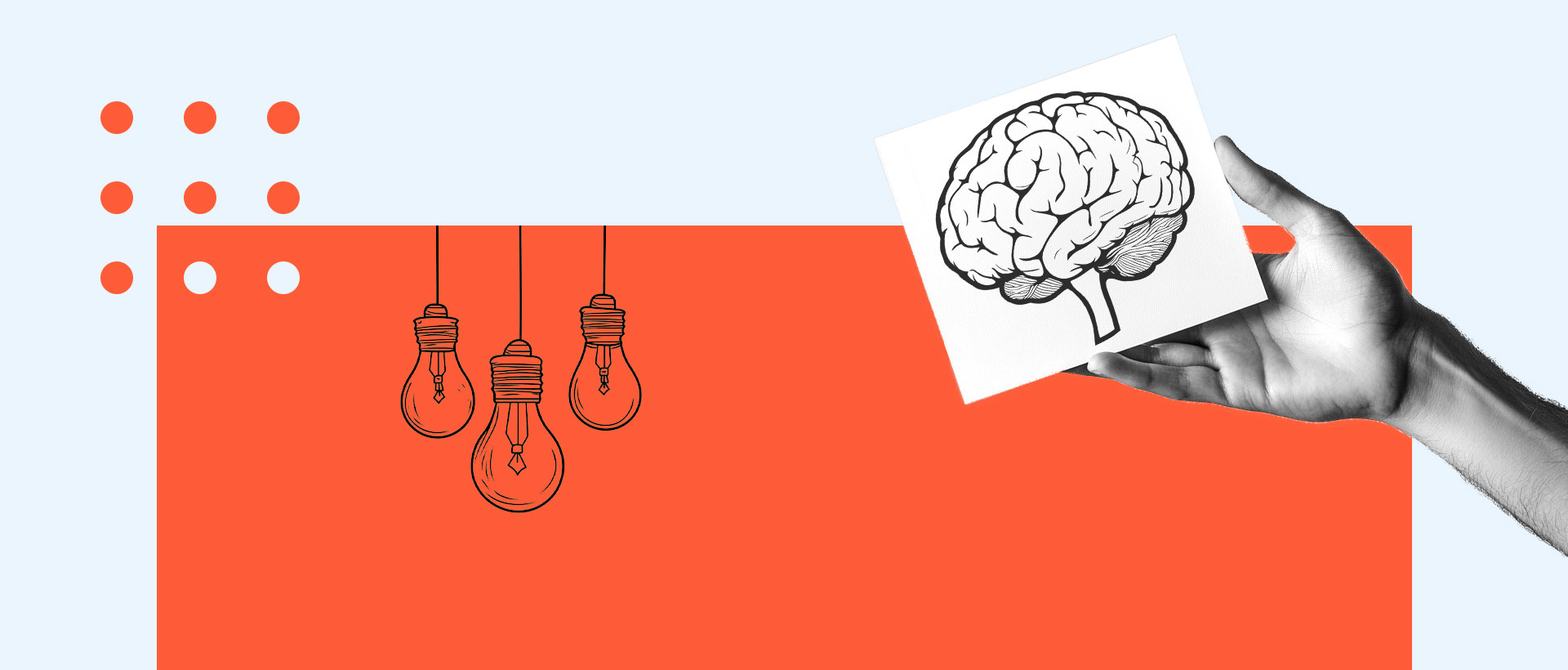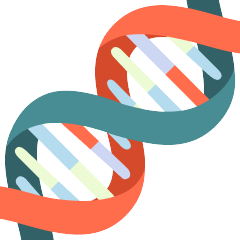How IQ is Calculated
IQ calculation goes beyond tallying correct answers; it’s a standardized process designed to place an individual’s cognitive abilities on a common scale centered around an average score of 100. Here’s how it works:
- Test Completion and Raw Score. Each completed test yields a raw score based on correct answers across various cognitive skills, including reasoning, memory, and problem-solving.
- Separate Tests for Children and Adults. To ensure fair measurement across different stages of development, we use separate IQ tests for children and adults rather than adjusting scores by age group.
- Conversion to Scaled Scores. Raw scores are converted into scaled scores that fit a bell curve distribution, with most scores near the mean and fewer at the high or low ends.
- Standard Deviation and Percentiles. IQ scores are further contextualized using a standard deviation (typically 15 points) and percentiles, clarifying an individual’s position relative to the general population.
- Final IQ Score. This single, final score summarizes cognitive ability on a standardized scale.
For more details on how we calculate IQ at Quizerra, check out our IQ Calculation Methodology page.
IQ Scoring and Distribution
IQ scores are typically based on a standardized scale, where the average score is set at 100. This score represents the median of the population’s results, creating a “normal distribution,” often visualized as a bell curve. In this distribution, about 68% of people score between 85 and 115, and approximately 95% fall between 70 and 130. Scores below 70 may indicate cognitive challenges, while those above 130 suggest higher-than-average cognitive abilities. However, it’s crucial to understand that IQ is just one way to measure certain aspects of intelligence and doesn’t capture all cognitive strengths or potential.
| IQ Score Range |
Classification |
Percentage of Population |
|
130 and above
|
Very Superior (Gifted)
|
2%
|
|
120–129
|
Superior
|
6%
|
|
110–119
|
High Average
|
16%
|
|
90–109
|
Average
|
50%
|
|
80–89
|
Low Average
|
16%
|
|
70–79
|
Borderline
|
6%
|
|
Below 70
|
Intellectual Disability
|
2%
|
This table provides a quick look at where different IQ scores typically fall and how they relate to the overall population. It’s a helpful way to see how scores are distributed across classifications. Let me know if you’d like to add more details!
Standardized IQ Tests
There are many types of IQ tests, each focused on evaluating unique cognitive abilities. Here are some of the most popular ones:
1. Wechsler Adult Intelligence Scale (WAIS)
The WAIS is a widely used test for adults. It measures a range of mental skills, such as understanding words, reasoning with pictures, and memory, along with the speed at which tasks are completed. This test provides a balanced view of adult cognitive abilities. For the Quizerra IQ test, we partially incorporate this methodology.
2. Wechsler Intelligence Scale for Children (WISC)
The WISC, created for children ages 6 to 16, assesses cognitive skills similar to those in the WAIS but is geared toward younger minds. It’s a helpful tool for understanding a child’s strengths and identifying areas where they may need support in school.
3. Stanford-Binet Intelligence Scale
The Stanford-Binet test has a long history and was one of the first IQ tests developed. It evaluates areas such as reasoning, memory, and problem-solving. This test is versatile, working well for both young children and adults up to age 85.
4. Raven’s Progressive Matrices
This test is unique because it doesn’t rely on language or specific cultural knowledge. It presents a series of patterns and asks participants to find the missing piece. Since it’s purely visual, it’s often used in research and academic settings.
5. Cattell Culture Fair Intelligence Test (CFIT)
The CFIT aims to be fair for people from different backgrounds. It doesn’t include language-heavy questions and instead focuses on recognizing patterns and solving problems. This test is intended to measure intelligence without cultural bias. We use this methodology for the international version of our test.
The KABC is a test for children ages 3 to 18. It measures their ability to solve problems in both visual and verbal formats and shows insights into a child’s learning style and strengths. Teachers use this test to better understand how to support each child.
7. Woodcock-Johnson Tests of Cognitive Abilities
The Woodcock-Johnson test examines a wide range of skills, including vocabulary, comprehension, and processing speed. It is primarily used in schools to assess learning needs and academic potential.
Popular questions about IQ
Factors Affecting IQ
IQ isn’t fixed and can be shaped by many things. Genetics plays a big part, as we inherit certain traits that affect our cognitive abilities. But our environment matters a lot, too. For example, a healthy diet, good education, and mental challenges during childhood help develop intelligence.
Stress levels and access to learning resources also make a difference; people in supportive environments often see higher IQ scores. Health factors, like good prenatal care and avoiding harmful substances, are important for brain development. Even in adulthood, activities like learning new skills and keeping the mind active can help maintain or slightly improve IQ. All these factors together influence a person’s IQ over time.
IQ and Intelligence: Are They the Same?
IQ and intelligence are related, but they are not the same thing. Intelligence Quotient is a relative measure of how well a person performs on certain cognitive tasks.
Intelligence is a broader concept. It includes many abilities beyond what an IQ test measures, such as emotional skills, creativity, and social understanding. IQ is one way to measure some components of intelligence, but it cannot cover all areas.
Cultural Bias in IQ Tests
Cultural bias in IQ tests occurs when a test contains questions that can be easily answered by members of one cultural or social group but are difficult for another social group. For example, verbal questions may contain a phrase or an entire question that is only understandable to a certain group, which can affect the overall score. Therefore, the Quizerra test, like most standardized tests, consists of culturally neutral questions and tests for different population groups. We also offer an international test with no verbal questions.
IQ and Success Correlation
IQ may play a role in certain successes, such as academic or job performance, which is highly dependent on analytical ability. Higher IQ scores are often correlated with better problem-solving, faster learning and higher performance in complex tasks. But as mentioned, the test cannot show and explore all areas of intelligence. That's why emotional intelligence, motivation, perseverance, social skills and access to resources, significantly impact success. People with average IQs can outperform those with high IQs with other strong character traits.
 Quizerra
Quizerra

 7 minutes to read
7 minutes to read
 0
0






 International IQ Test
International IQ Test
0 Comments